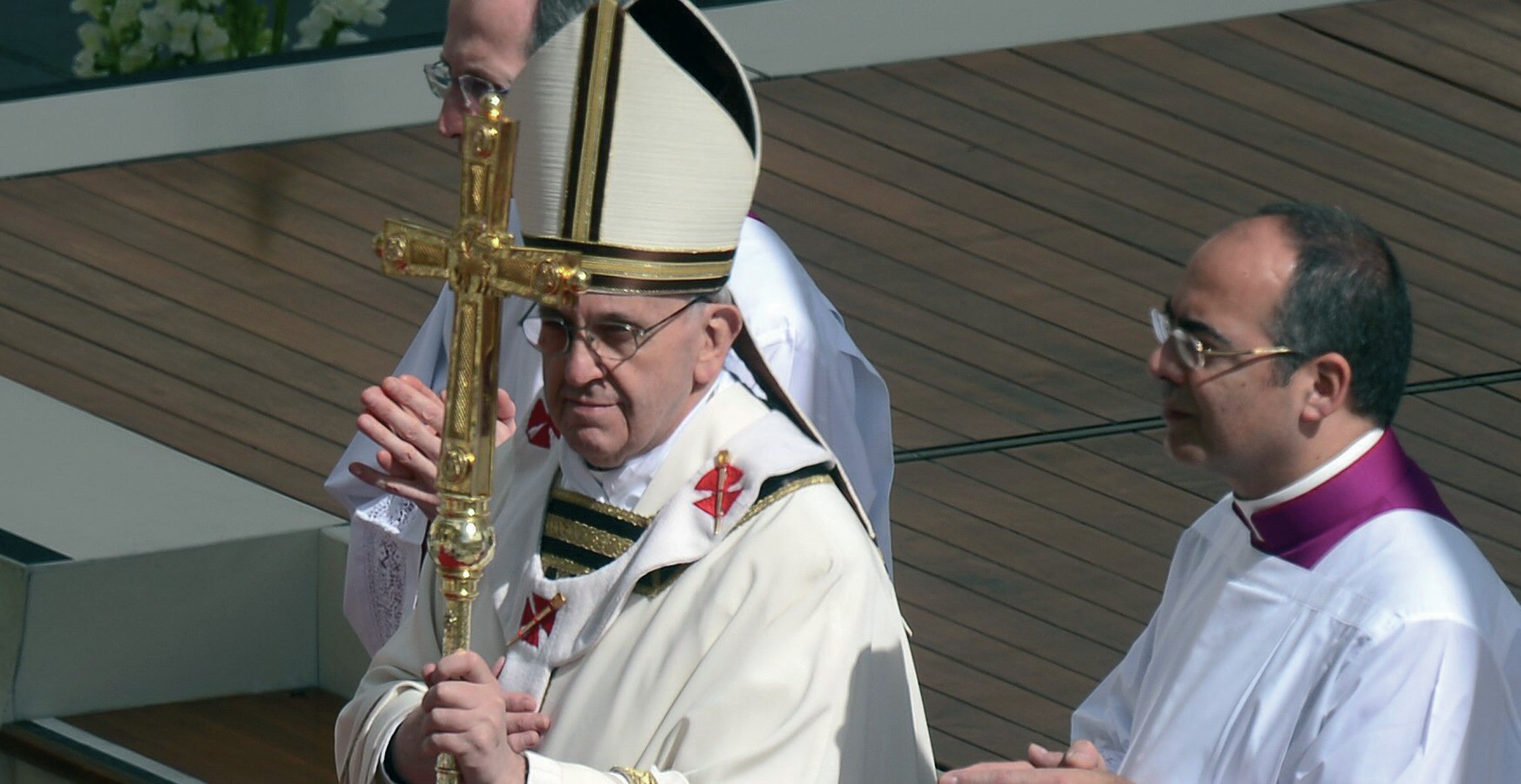Choosing a pope

Have you ever wondered how a pope is chosen? Many Catholics believe that he is chosen by God, and in a way he is. But it is not as simple as that.
When it is time to choose a new pope, either because the previous pope has died or, as in the case of Pope Benedict XVI, retired, the College of Cardinals is summoned. Cardinals are the most senior figures in the Roman Catholic Church and are mostly ordained bishops. They come from all over the world to the Vatican in Rome, where they meet to hold the papal election and choose the new pope.
The conclave
The process is shrouded in great secrecy and tradition. It begins as the cardinals celebrate Mass, then they walk into the Vatican, not to be seen again until a pope is selected. Inside, the cardinals swear an oath of secrecy and enter into the conclave —a closed meeting literally meaning locked up ‘with a key’.
Everyone else leaves and the heavy doors are shut, locking the cardinals inside. They will eat and sleep in the Vatican until the new pope is selected. The conclave can go on for days, weeks or even months, and in the past some cardinals have died during it.
The secrecy is to prevent anyone on the outside from knowing what is going on. Inside the Vatican there are no televisions, radios, internet or mobile phones. If anyone breaks the secret arrangements they will be excommunicated from the Church. Strictly speaking, the cardinals must allow themselves to be guided by God, but in practice there are many meetings and secret discussions between them on the merits of the various candidates — selecting a new pope can be a complex political process.
Voting for the pope
The voting process itself is supervised by the cardinal camerlengo, the head of the College of Cardinals, who governs the Church until a pope is appointed. Four times per day, the cardinals enter the Sistine Chapel and secretly vote for their favoured candidate. Any baptised male Catholic can be elected pope, but usually the cardinals vote for one of their own number. If no single candidate receives a two-thirds majority, the conclave continues.
The cardinals meet together and pray to God for guidance and vote twice every morning and twice every evening. They write the name of their choice on a ballot paper, which is then counted and threaded onto the other papers before being burned. If no candidate is successful, the smoke is dyed black and rises up out of the Vatican for the crowds outside to see.
Finally, one successful candidate will be elected. He is offered the role of supreme pontiff. If he agrees, he will choose his papal name. The other cardinals approach the new pope in an act of homage and service and white smoke comes from the chimney, telling the outside world the good news. The pope puts on the special ceremonial robes and stands on the balcony of St Peter’s Basilica. He greets his people and blesses them with the traditional words of Urbi et Orbi — ‘to the city and the world’.
